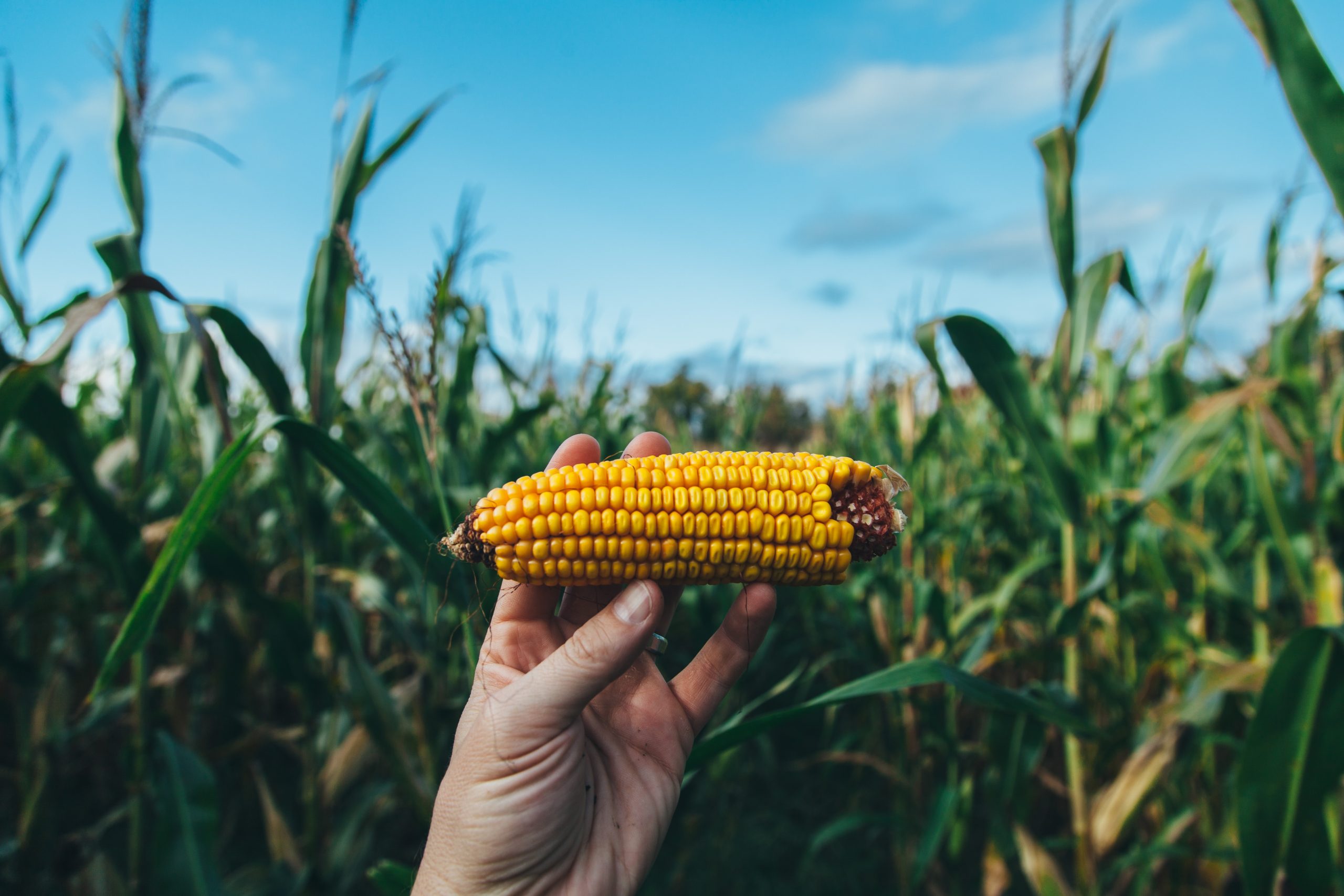Cover Crops and Climate Change: A Profitability Predicament for Farmers
Cover crops are essential in building healthy soil, protecting the environment, and combating climate change. However, despite receiving incentives and encouragement from the government, Midwest farmers need to be faster to embrace this practice. Concerns about potential negative impacts on yields and profit margins deter many farmers from fully adopting cover crops. This article explores the benefits and challenges associated with cover crops and highlights the need for more support to encourage widespread adoption.
Cover crops are plants grown on farmland that would otherwise remain bare. When crops are growing or after harvest, farmers can sow species such as rye or red clover, which stabilize the soil, reduce fertilizer runoff, store carbon in plant roots, and potentially enrich the soil with nutrients. Planting cover crops is crucial in the government’s efforts to sequester carbon in farmland and mitigate climate change. The US Department of Agriculture (USDA) promotes cover crops through various programs, including paying farmers who plant them and offering additional benefits through federal crop insurance coverage.
Despite these benefits, many farmers still need to embrace cover crops fully. A study using satellite data found that cover crops can reduce yields of cash crops, leading to lower profits for farmers. This concern about potential yield reduction and its financial implications deters many farmers from committing fully to planting cover crops. Illinois farmer Doug Downs, for instance, only plants cover crops on a small portion of his land due to these uncertainties.
Cracking the Cover Crop Conundrum

Various studies have produced conflicting findings about the impact of cover crops on cash crop yields. While some studies show no significant reduction in yields, others indicate that long-term use of cover crops can lead to yield declines of 5.5 percent in corn and 3.5 percent in soybean fields.
The choice of cover crop type, soil moisture, and soil quality affects the extent of yield reduction. Notably, rye, the most commonly used cover crop, is particularly prone to reducing yields.
To encourage farmers to adopt cover crops more enthusiastically, researchers emphasize the need for technical assistance in choosing and maintaining cover crops. They argue that specialized guidance can help minimize the risks and maximize the benefits of cover crops.
Additionally, experts advocate for increased financial support from the government and food companies to compensate for potential yield losses. Currently, the federal government and several states provide financial incentives to farmers who plant cover crops, but broader support is necessary to drive widespread adoption. (allterrain.net)


Comments are closed.